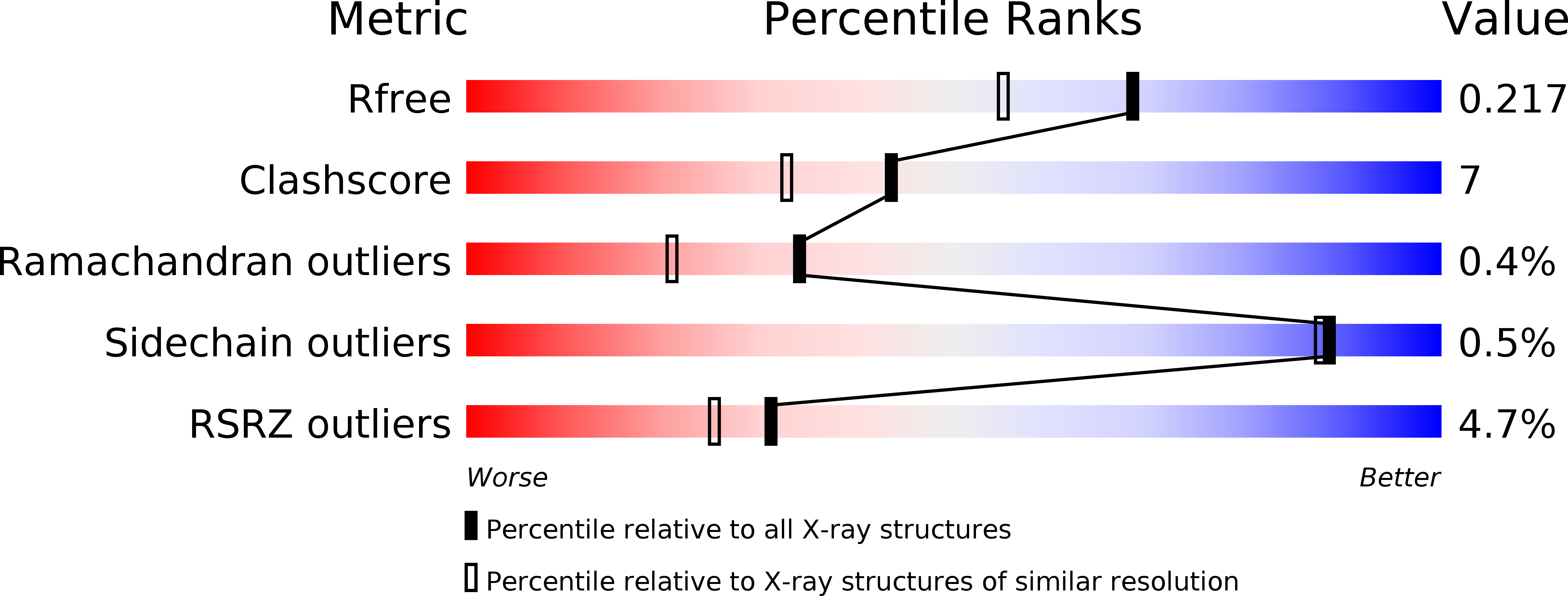
Deposition Date
2003-02-24
Release Date
2003-06-03
Last Version Date
2024-10-23
Entry Detail
PDB ID:
1OM0
Keywords:
Title:
crystal structure of xylanase inhibitor protein (XIP-I) from wheat
Biological Source:
Source Organism:
Triticum aestivum (Taxon ID: 4565)
Method Details:
Experimental Method:
Resolution:
1.80 Å
R-Value Free:
0.22
R-Value Work:
0.19
R-Value Observed:
0.19
Space Group:
P 43 21 2


